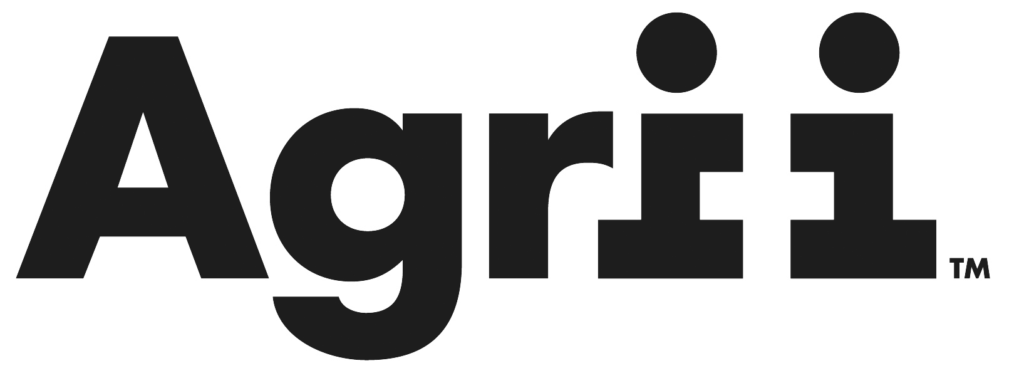
Farmer interest in soil analysis has led to RHIZA being the only digital services provider with a dedicated sampling team with national reach explains Nathan Lewis, national operations manager.
For many growers, the electro conductivity (EC) scanning performed by RHIZA has provided the foundations for their move into precision farming. The soil texture and indices maps we produce enable the adoption of variable rate seed, fertiliser and, in some cases, irrigation applications. In turn, these zonal maps are supported by detailed soil analysis to highlight variations in nutrient reserves and differences in pH. The data can be used to ensure targeted applications of both organic and inorganic fertilisers and lime. The consequence of this is more efficient use of resources, reduced risk of environmental pollution, savings in input costs and, potentially, improved yields.
The introduction of the Sustainable Farming Incentive (SFI) has driven new interest. While zonal analysis is best for precision farming activities, whole-field analysis is used to 13 demonstrate compliance with the SFI and its actions. A basic soil analysis for phosphate (P), potash (K), magnesium (Mg), organic matter content and pH can be used for the soil action, SAM1, and the nutrient management action NUM1. Other analysis can be included at the customer’s request.
EC scanning holds several advantages over other forms of analysis. First, it is a proven technology having been introduced more than 25 years ago. By using specialised equipment that is in permanent contact with the soil, the data captured is more consistent and accurate than analysis derived from theoretical models. As a result, EC has become the tried and trusted method for producing accurate soil variation maps across the world. Second, the methodology is easily explained and the results easily understood, which is to the benefit of all involved including the grower and agronomist.
Developing the capability to deliver a comprehensive soil analysis service across England, Scotland and Wales has involved considerable investment. RHIZA has a dedicated sampling team of 16 operators and a fleet of modern equipment including GPS-fitted, hydraulicly operated soil sampler that removes the same volume of soil to the same depth each time. This is more efficient and consistent then the old practice of using a hand spear, not to mention less strenuous for the operator.
There is also more to scanning and testing than the soil texture maps and nutrient analysis with which most are familiar. We run two machines capable of collecting soil samples specifically for the purposes of testing for potato cyst nematodes (PCN) and other soil-borne organisms. In Scotland we are currently supporting a national infrastructure project, whereby the analyses we provide will be used to ensure the soil returned once the job is complete is of comparable quality to that removed during excavations.
Each year RHIZA scans and samples about 115,000 hectares. In most cases, the field maps generated are presented in the RHIZA Contour program but can just as easily be imported into other systems should the customer prefer. We have worked hard to build this national capability and are developing it further with the addition of new systems and services that benefit customers.
To find out more about RHIZA,
head to rhizadigital.co.uk
View Whole Field Sampling
Fact Sheet here.


